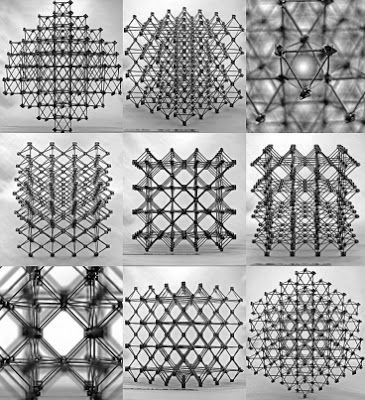May 21, 2019
All the buzz about NASA’s new fleet of space bees
Posted by Quinn Sena in categories: robotics/AI, space travel
Robot bees are no replacement for our vital pollinators here on Earth. Up on the International Space Station, however, robots bearing the bee name could help spacefaring humans save precious time.
On Friday, NASA astronaut Anne McClain took one of the trio of Astrobees out for a spin. Bumble and its companion Honey both arrived on the ISS a month ago, and are currently going through a series of checks. Bumble passed the first hurdle when McClain manually flew it around the Japanese Experiment Module. Bumble took photos of the module which will be used to make a map for all the Astrobees, guiding them as they begin their tests there.
Continue reading “All the buzz about NASA’s new fleet of space bees” »


















